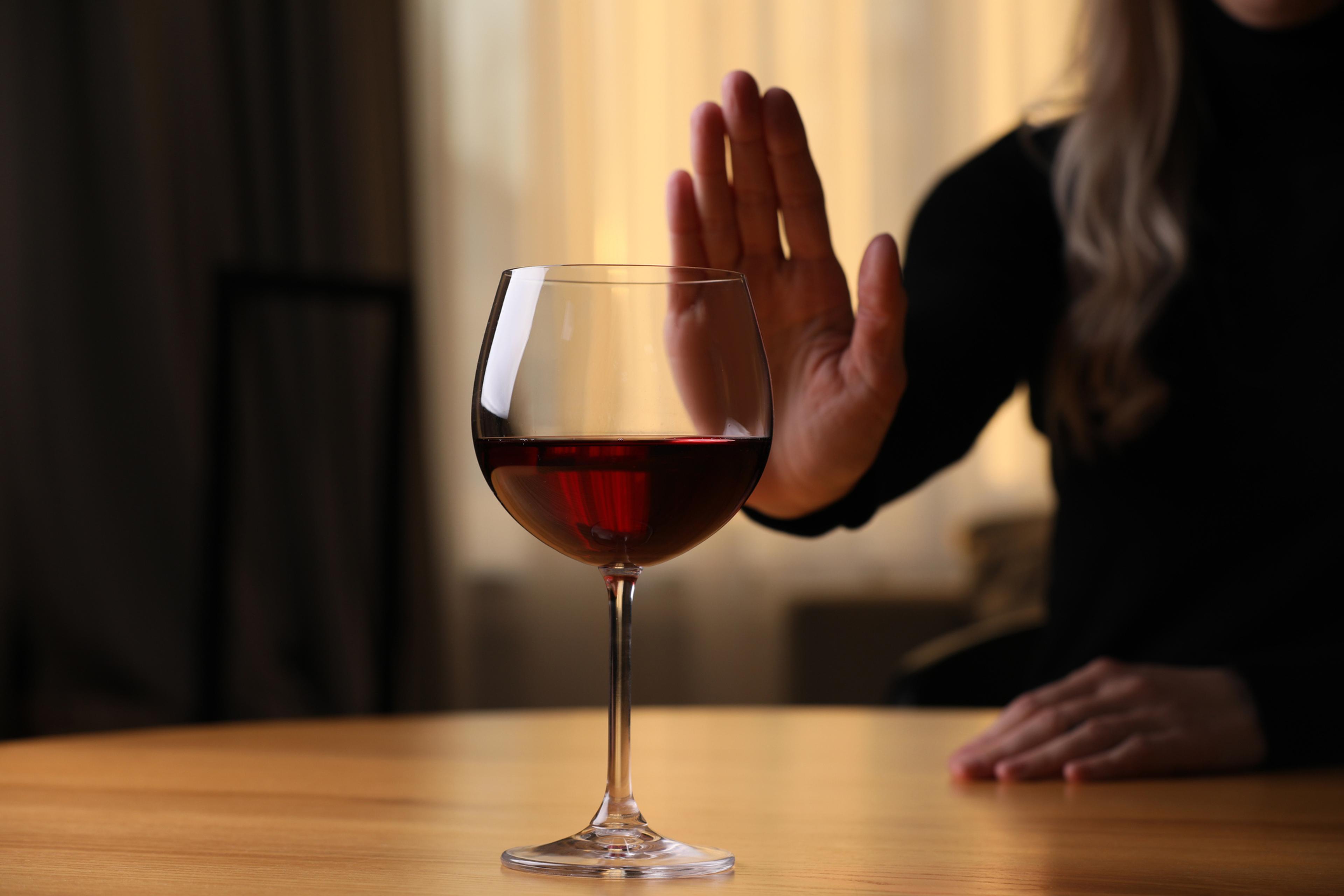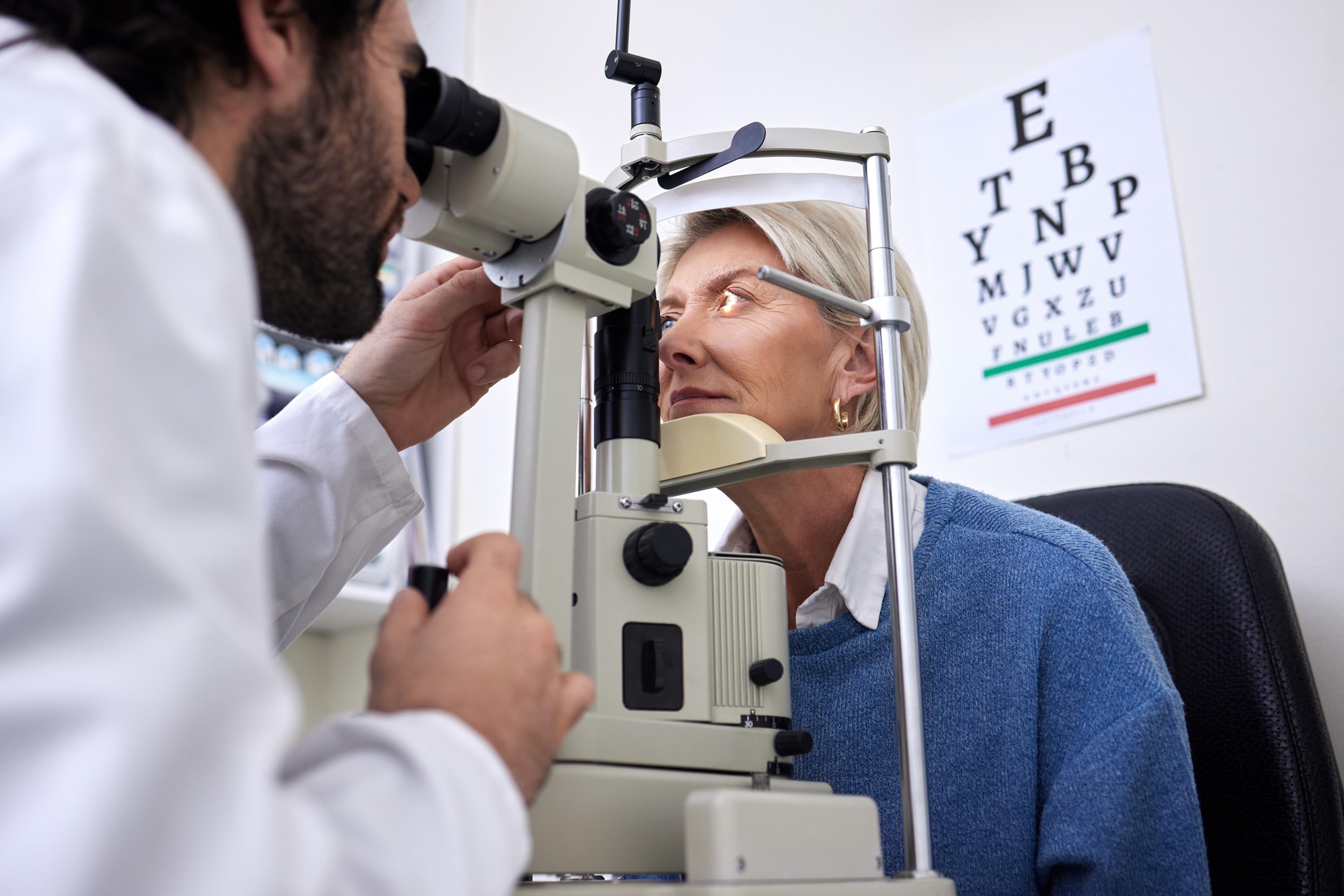Practicing Mindfulness Without Meditation: My Mindfulness Journey

Mia Gallucci
| 3 min read

Do you find yourself multitasking throughout life? This could look like using your phone while working on another task or leaving the evening TV on in the background while cooking dinner or cleaning the house. In a hectic world, it is easy to distract ourselves from our thoughts and feelings.
Here enters “mindfulness;” a trendy, aspirational word gaining rapid popularity across the internet, self-help books and wellness practices. Mindfulness encourages others to reconnect with themselves while living in a stressed, busy world. According to the American Psychological Association, “mindfulness is awareness of one’s internal states and surroundings.”
Mindfulness is well-known to have a variety of both mental and physical health benefits, including reduced stress and improved concentration.
Personally, I have always associated mindfulness with the practice of meditation. However, meditation is not the only way to practice mindfulness. Despite the well-documented benefits of meditation, I found meditation to be challenging. During the few meditation sessions I attempted, I often felt impatient and distracted. I also found it difficult to make meditation a daily habit. I would meditate once and then forget to try again for weeks on end.
I began to wonder; is practicing mindfulness without meditating possible? Will it still be effective?
My experience
As I began this journey, I wondered how I could transform my everyday experiences into mindful moments.
I started with simple tasks such as handwashing dishes, savoring each bite of my meals and journaling in the evening. You might wonder, what do these things have to do with mindfulness? It turns out, quite a bit.
I found that when hand washing pots and pans, not only were my hands occupied, but 100% of my focus was required to complete the task while avoiding making a mess. During this time, I didn’t have my phone nearby and I was separated from notifications and other distractions.
Next, I began to declutter my home. Again, my full focus was required to acknowledge my surroundings purposefully. Every item of clothing in my closet and each knickknack on my bookcase was subject to intentional thought. Within a weekend, I had a huge pile of items to donate, and I was able to free up space in my home and my mind.
Each of these mindfulness-based activities required me to slow down, appreciate my surroundings and eliminate distractions. With each moment of mindfulness, I felt more connected to my thoughts, my breath, and the rhythm of my body than ever before.
The key takeaways
While meditation is a popular modality for stress relief and mindfulness, it is not the only way to be practice being present.
If you are interested in practicing mindfulness but find that meditation isn’t for you, start by transforming your everyday activities into mindful moments.
Below is a suggested list of mindfulness-based activities that don’t require meditation:
- Cuddling with a pet
- Gardening
- Taking a long shower
- Cooking or baking
- Savoring each bite of a meal
- Hand washing dishes
- Watching clouds pass in the sky
- Organizing or decluttering
- Journaling
- Listening to music
- Taking a walk or hike
- Creating art or using an adult coloring book
- Stargazing
- Prayer
- Watching wildlife
Until next time
These past few months, I have enjoyed sharing my journey to shake up my daily routine. I hope this series has inspired you to invest your time in new activities, hobbies, and passions.
Opinions expressed in this blog belong solely to the author and do not necessarily reflect the opinions or beliefs of Blue Cross Blue Shield of Michigan or its subsidiaries and affiliates.
- Find more ways to explore your community here on A Healthier Michigan.
Photo credit: Courtesy of Mia Gallucci





